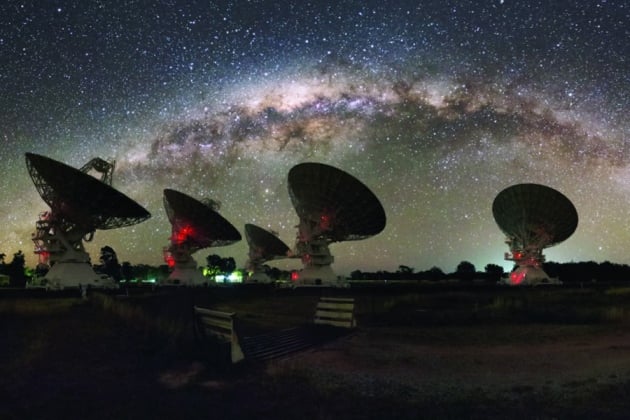

Since no known source fits the observations, it’s possible that the signals represent a new class of celestial objects. 15, 1977, when it was picked up by the Big Ear radio telescope at The Ohio. The radio signal appeared on the night of Aug. The fact that the signals are emerging from near the centre of the galaxy is also notable, but it’s unclear whether that’s a coincidence or if the location is related to the nature of the source. The Wow signals name comes from just how striking and strange it was. A strange signal The 64-meter Parkes radio telescope in Australia picked up the faint signal in April and May 2019 while observing Proxima Centauri, a red dwarf 4.25 light-years from Earth. And we don’t really understand those sources anyway, so this adds to the mystery.” They turn on and off seemingly at random, and their. “While our new object…does share some properties with GCRTs, there are also differences. Strange radio signals are coming from the direction of the centre of the galaxy and we aren’t sure what is emitting them. A relic, a fossil, and a halo are among the bizarre features that defy existing theories, according to a new. "But I think it's going to be a lot of follow-up work before a really strong confirmation of radio waves caused by a planet comes out,” she added.Another co-author, David Kaplan from the University of Wisconsin-Milwaukee in the US, says “the information we do have has some parallels with another emerging class of mysterious objects known as Galactic Centre Radio Transients (GCRTs), including one dubbed the ‘cosmic burper’. Astronomers detected a radio signal from deeper in space than ever before, using a cosmic trick first predicted by Einstein. Strange Radio Signals From Deep Space Contain Signs of New Physics, Scientists Say. Study co-author Jackie Villadsen, an astronomer at Bucknell University in Lewisburg, Pennsylvania, said in the statement that this “could really plausibly be” the first detection of a magnetic field on a rocky exoplanet. However, the team remains optimistic that these findings could lead to future breakthroughs in the search for habitable alien planets. Further observations are needed to confirm this is actually due to a rocky planet’s magnetic field, and not just a feature of the star itself. The team isn’t 100% certain whether the stellar aurora is entirely caused by YZ Ceti b, though. "This idea is what we're calling 'extrasolar space weather.'"

One of the most famous examples is the Wow signal which was detected by the Big Ear radio telescope. "This is telling us new information about the environment around stars," Pineda added. Yes, Earth has received strange radio signals from space. The discovery of a fast radio burst (FRB) that is only the second of its kind was a big surprise said one scientist. Only one other FRB has these characteristics - FRB 121102A, which was the first repeater ever found. A Strange 'Twin' Radio Signal From Deep Space Has Been Discovered. "There should also be an aurora on the planet if it has its own atmosphere," Sebastian Pineda, University of Colorado Boulder astronomer and co-author on the new research, said in the statement. Its a loud signal and background noise all in one package. Then, in 2022, a targeted survey of known exoplanets found another strange narrow-band radio signal, bringing the tally up to three. Is it time to send a new message to intelligent aliens? Every so often, we hear about a strange radio signal winging its way Earthward from the cold, lifeless depths of outer space. Scientists are working on an 'official alien contact protocol'


 0 kommentar(er)
0 kommentar(er)
